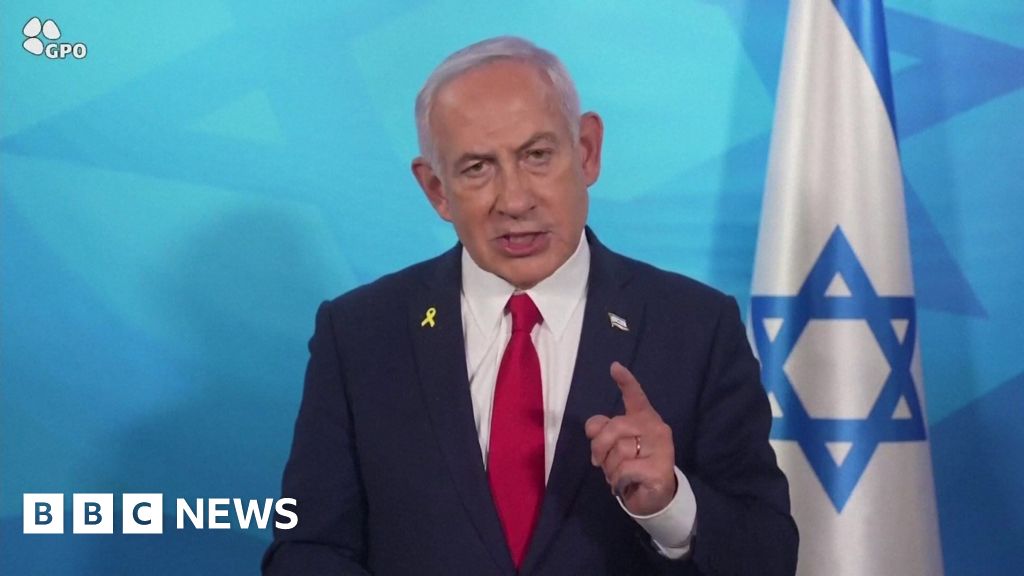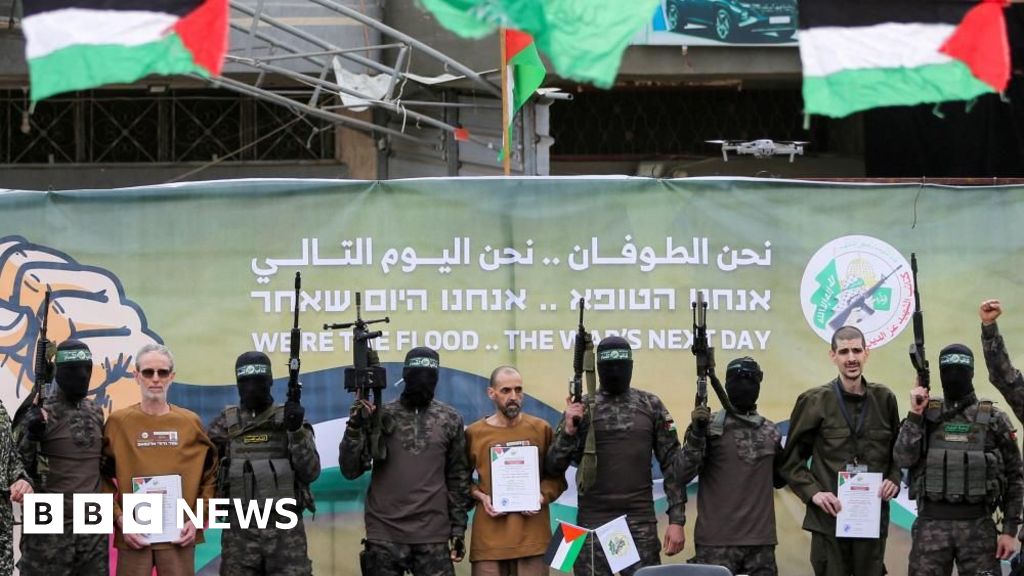Israel is in no place to talk about ‘red lines’ | Opinions
On Saturday, July 27, at least 12 children from the Druze community were killed in a rocket attack on the town of Majdal Shams in the Israeli-occupied Syrian Golan Heights.
Israel blamed the strike on Hezbollah, declaring that it constituted “the crossing of all red lines”. Hezbollah, which generally has no qualms owning up to its handiwork, vehemently denied the accusation.
Regardless of who is responsible, it is no less than ludicrously obscene that Israel should fancy itself qualified to talk about “red lines” when the Israeli army is presently perpetrating straight-up genocide in the Gaza Strip. Since October 7, nearly 40,000 Palestinians have officially been killed in Gaza. A recent Lancet study suggests the true death toll could exceed 186,000.
Israel’s education minister, Yoav Kisch, called on his government to respond “with full force” to the Majdal Shams attack and threatened the possibility of “all-out war” with Hezbollah. Again, it takes a special sort of logic to threaten war in retaliation for an attack on a territory you are illegally occupying.
But, hey, that’s how Israel rolls. Aggressor becomes victim, occupier becomes rightful owner, genocide becomes self-defence.
As for the threat of “all-out war” in Lebanon, it bears mentioning that Israel has killed more than 500 people in the country since October, including more than 100 civilians. It seems pretty “all-out” already.
Not that this is the first time Israel has gone on a mass Lebanese killing spree. Recall the 34-day Israeli war on Lebanon in July and August of 2006, which reduced the country’s population by approximately 1,200 people and produced the so-called “Dahiyeh Doctrine”, defined by the Times of Israel as a “military strategy that advocates the use of disproportionate force against a militant entity by destroying civilian infrastructure”.
In other words, never mind international law and those things known as the Geneva Conventions.
The doctrine was named for the southern Beirut suburb of Dahiyeh, an area the Western media delight in defining as a “Hezbollah stronghold”. Hitchhiking through Lebanon in the aftermath of the 2006 war, I, myself witnessed the outcome of the “disproportionate force” used on Dahiyeh and other parts of the country. I saw apartment blocks converted into craters and villages reduced to rubble.
One can only assume that, in any forthcoming conflict, the Dahiyeh Doctrine will be the name of the game.
In addition to razing civilian infrastructure in 2006, Israel also undertook to saturate swaths of Lebanon with millions of cluster bombs, many of which failed to explode on impact and which continue to kill and maim even in the absence of, um, “all-out war”.
Then there were such incidents as the 2006 Marwahin massacre, in which 23 people – most of them children – were slaughtered at close range by an Israeli helicopter while obeying evacuation orders issued by the Israeli army.
That sounds like a “red line” if there ever was one.
Or rewind the clock to 1996 and Israel’s charmingly titled “Operation Grapes of Wrath”, in which the Israeli army massacred 106 civilians sheltering at a United Nations compound in the southern Lebanese city of Qana.
Rewind even further and you’ll find the very event that spawned Hezbollah in the first place: the 1982 Israeli invasion of Lebanon that killed tens of thousands of Lebanese and Palestinians. This overlapped with the 22-year torture-happy Israeli occupation of southern Lebanon, which came to an ignominious close in May 2000, thanks to the Hezbollah-led Lebanese resistance.
Now, Israel’s bellicose talk in response to the Majdal Shams incident has fuelled fears of a major regional escalation. Governments have warned their citizens against travel to Lebanon and various airlines have cancelled flights in and out of Beirut – a fair precaution seeing as Israel repeatedly bombed the Beirut airport in 2006. On Monday Israeli drone attacks on south Lebanon reportedly killed two people and injured a child.
In its statement on Hezbollah’s alleged “crossing of all red lines” in Israeli-occupied Majdal Shams, Israel’s foreign ministry declared: “This is not an army fighting another army, rather it is a terrorist organisation deliberately shooting at civilians.” If we didn’t know the speaker of these words or the context, we might think they were referring to Israel’s own behaviour in Gaza.
Which brings us to the rhetorical question: if Israel cares so much for the civilians inhabiting the territories it occupies, why is it slaughtering Palestinians?
In June 2006, the Israeli army unleashed its romantic “Operation Summer Rains” on the Gaza Strip, an assault US scholar Noam Chomsky and Israeli historian Ilan Pappé have described as “systematic slaughter” and the “most brutal attack on Gaza since 1967”. Just weeks later, the Israelis decided Lebanon could also use some rain, and – voilà – the July War was born.
As they say, when it rains genocide, it pours. And Israel may have found a convenient pretext to move the storm into Lebanon, too.
The views expressed in this article are the author’s own and do not necessarily reflect Al Jazeera’s editorial stance.
Check out our Latest News and Follow us at Facebook
Original Source





